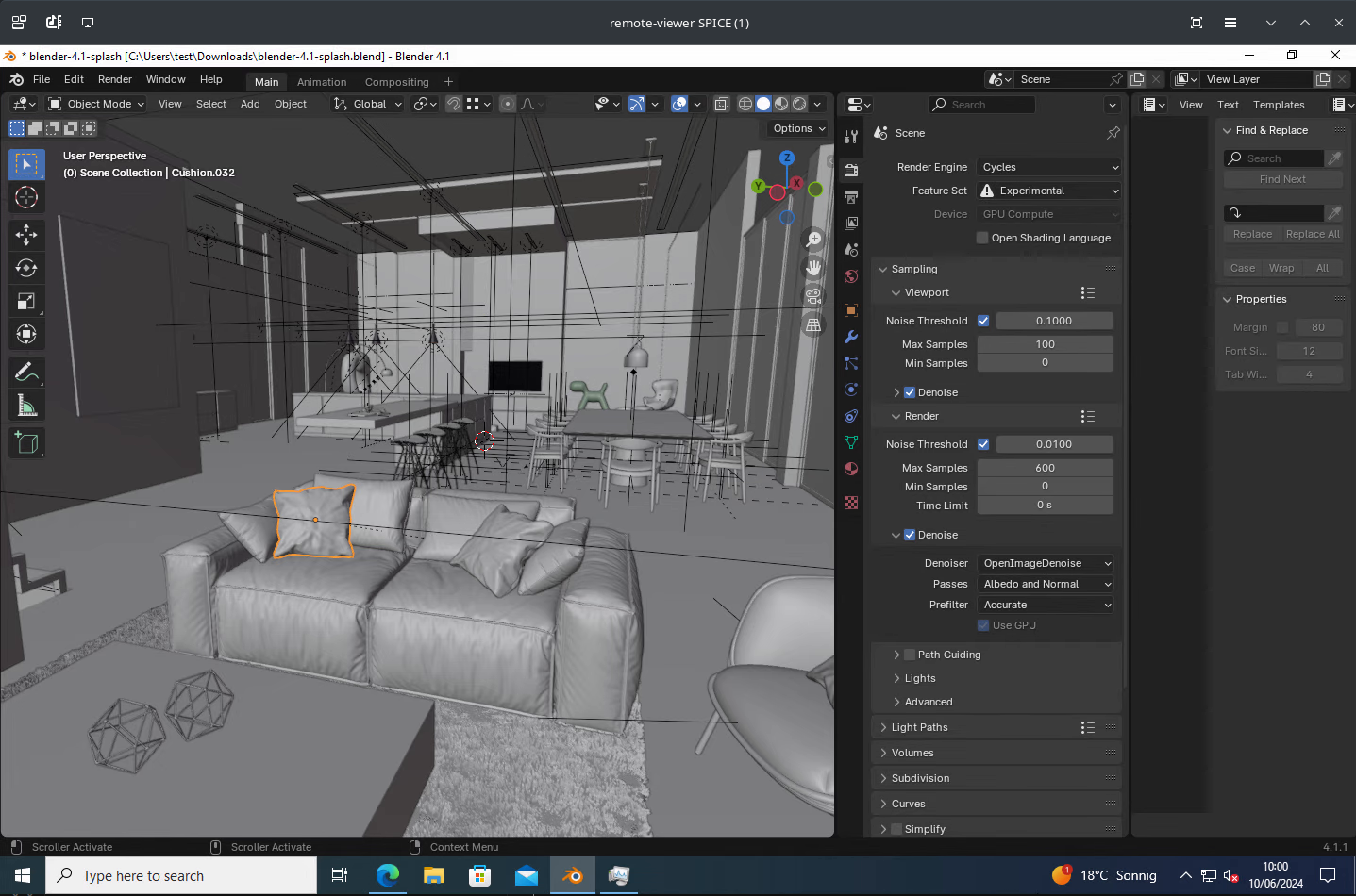
VDI developments in NFDI4BIOIMAGE and DataPLANT presented in Darmstadt
On Monday and Tuesday, June 24/25, the Cloud Management working group held its Summer Presence Conference 2024 at TU Darmstadt campus. Central topics were cloud use and how to deal with it at the various institutions, the use of Azure for temporary resources in block courses, presentation of the results of the M365 survey, orientation of M365 in the working group and cooperation with state initiatives and special developments such as the Open Source Virtual Desktop Infrastructure as part of NFDI4BIOIMAGE and further projects.
On Monday and Tuesday, June 24/25, the Cloud Management working group held its Summer Presence Conference 2024 at TU Darmstadt campus. Central topics were cloud use and how to deal with it at the various institutions, the use of Azure for temporary resources in block courses, presentation of the results of the M365 survey, orientation of M365 in the working group and cooperation with state initiatives and special developments such as the Open Source Virtual Desktop Infrastructure as part of NFDI4BIOIMAGE and further projects.
While there are already the first individual modules that can be demonstrated, development is still in its infancy after just six months.
The idea of the presentation was therefore to show the development plan on the one hand and to inform about the activities and to get potential further users and potential co-developers on the other. Components and modules to actually consider within the course of the project include the development of a common access gateway that facilitates unified access to all VDI resources in the cloud, drawing inspiration from systems like bwLehrpool remote access operated in Freiburg.
The project also involves implementing efficient guest-frame buffer grabbing mechanisms that run on the host with hardware-accelerated video encoding for the remote transport protocol SPICE. SPICE offers features such as bidirectional audio, printer support, and USB forwarding. Moreover, integrating hardware-accelerated rendering, which includes 3D graphics and video processing capabilities within VMs, will be achieved through partitioned host GPU hardware solutions. The focus here is on supporting hardware with good open-source drivers rather than proprietary ones. This was demonstrated at the end of the presentation. An example screenshot of the applied hardware-acceleration in Blender is shown (early development, non-biological example).
Are you interested to learn more or collaborate on this development? Please reach out via our Coordination Office.
(by D. v. Suchodoletz)
